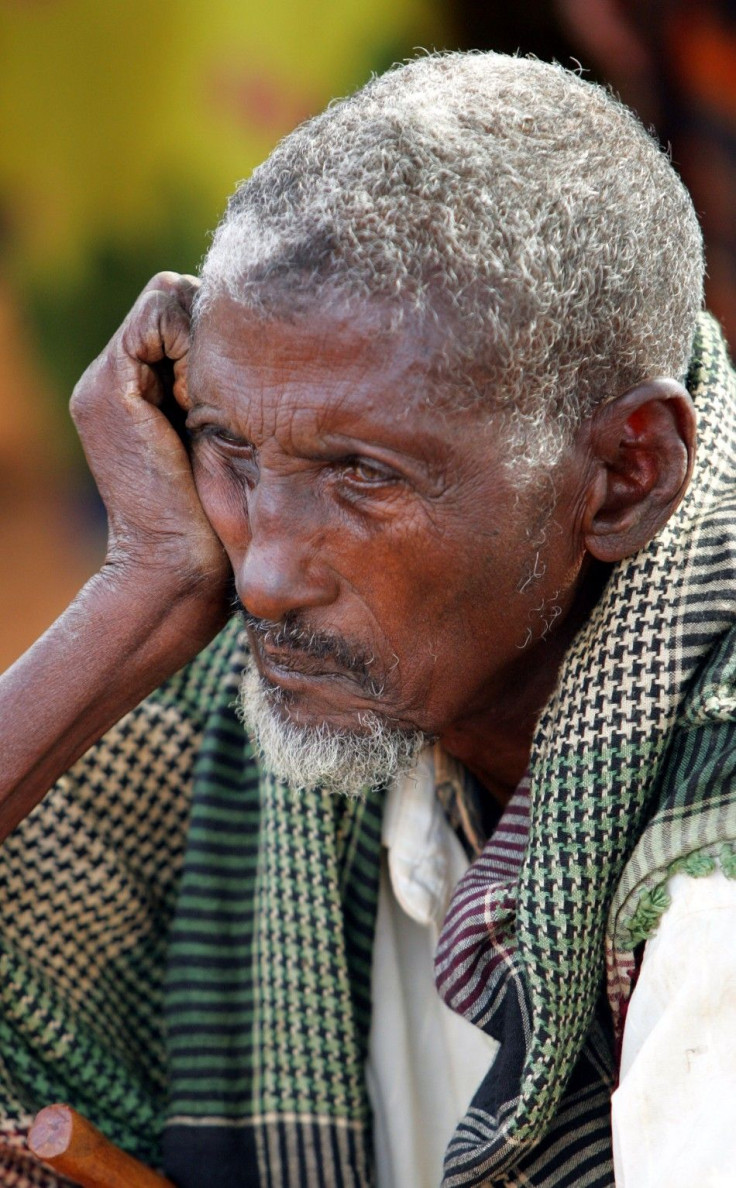African Horn Plunges into Drought

The Horn of Africa is experiencing its worst drought in 60 years, causing a massive humanitarian crisis as hunger and malnutrition rise dramatically.
A year-long lack of rain has affected millions of people in Northeast Africa in what the World Food Programme is calling a creeping disaster. Particularly touched is Somalia, whose unstable government is ill-equipped to combat the increasing food prices in the region.
Thousands of Somalis are leaving the country each day, most going to Kenya and Ethiopia, but some are traveling to Yemen and Eritrea. Many are heading towards the United Nations-operated Dadaab refugee complex in Kenya, which is overpopulated by almost 300,000 people.
The UN is attempting to deal with the surging refugee population by building new checkpoints and medical tents at Dadaab, establishing a child-feeding program and building new camps in parts of eastern Africa to house the influx of displaced Somalis.
Somalia generates the most refugees of any country in Africa, and third most of all countries in the world. It sits only behind Afghanistan and Pakistan, according to the UNHCR Operation in Somalia.
Since the start of 2011, 61,000 new Somalis have gone to Kenya for safety. In total, there are almost 2.5 million refugees living in neighboring countries or displaced within Somalia itself.
But Kenya itself is not safe from the famine that is plaguing its neighbor. About 3.5 million people are in poor condition because of the drought, which has shut down farms and flour mills and raised the price of basic food products.
Humanitarian agencies are pumping aid into the region and calling on nations to do the same. England has already pledged 38 million pounds in food aid to Ethiopia. Oxfam is trying to raise donations of $80 million. The United Nations has raised half of its $500 million target for Kenya, Ethiopia and Somalia.
© Copyright IBTimes 2025. All rights reserved.





















